Uncategorized
-
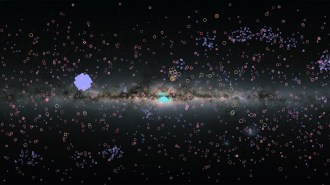 Astronomy
AstronomyNASA’s exoplanet count surges past 5,000
With a new batch of 60 confirmed exoplanets, the number of known worlds in our galaxy reaches another milestone.
By Liz Kruesi -
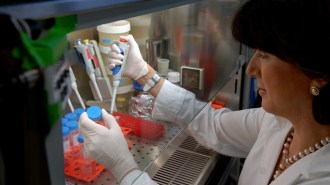 Genetics
GeneticsHow gene therapy overcame high-profile failures
A dark period for gene therapy didn’t derail scientists determined to help patients.
-
 Math
MathHow the way we’re taught to round numbers in school falls short
A rounding technique taught in school doesn’t work well for machine learning or quantum computing, but an alternative approach does, researchers say.
-
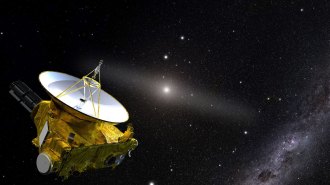 Astronomy
AstronomyThe universe’s background starlight is twice as bright as expected
Images from the New Horizons spacecraft suggest that light from all known galaxies accounts for only half of the cosmos’ visible background glow.
By Liz Kruesi -
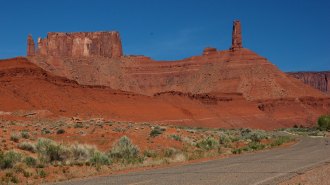 Earth
EarthHow climbers help scientists vibe with Utah’s famous red rock formations
Researchers teamed up with rock climbers to collect rare data that help them assess the seismic stability of red rock formations in Utah.
-
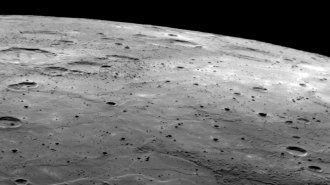 Planetary Science
Planetary ScienceDiamonds may stud Mercury’s crust
Billions of years of meteorite impacts may have flash-baked much of a primitive graphite crust into precious gemstones.
By Nikk Ogasa -

-

An extraordinary era in 80,000-plus articles
Editor in chief Nancy Shute looks back at 100 years of Science News coverage and ahead to the future.
By Nancy Shute -
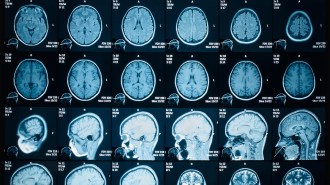 Health & Medicine
Health & MedicineWhat do we mean by ‘COVID-19 changes your brain’?
The events of our lives are reflected in the size, shape and behavior of our constantly changing brains. The effects of COVID-19 changes aren’t clear.
-
 Science & Society
Science & SocietyWhat made the last century’s great innovations possible?
Science paved the way for antibiotics, lasers, computers and COVID-19 vaccines, but science alone was not enough.
By Jon Gertner -
 Climate
ClimateSmoke from Australia’s intense fires in 2019 and 2020 damaged the ozone layer
Massive fires like those that raged in Australia in 2019–2020 can eat away at Earth’s protective ozone layer, researchers find.
-
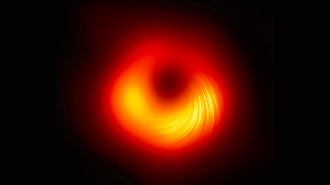 Particle Physics
Particle PhysicsHow light from black holes is narrowing the search for axions
The orientation of light waves from the region around galaxy M87’s central black hole rules out the existence of axions of a certain mass.
By Liz Kruesi